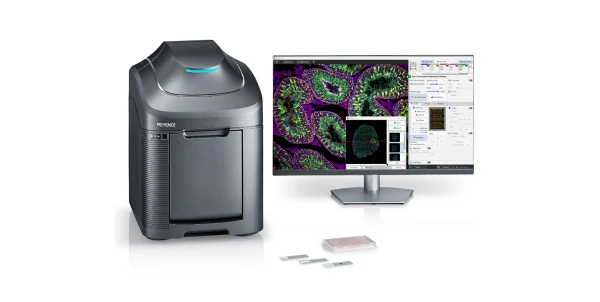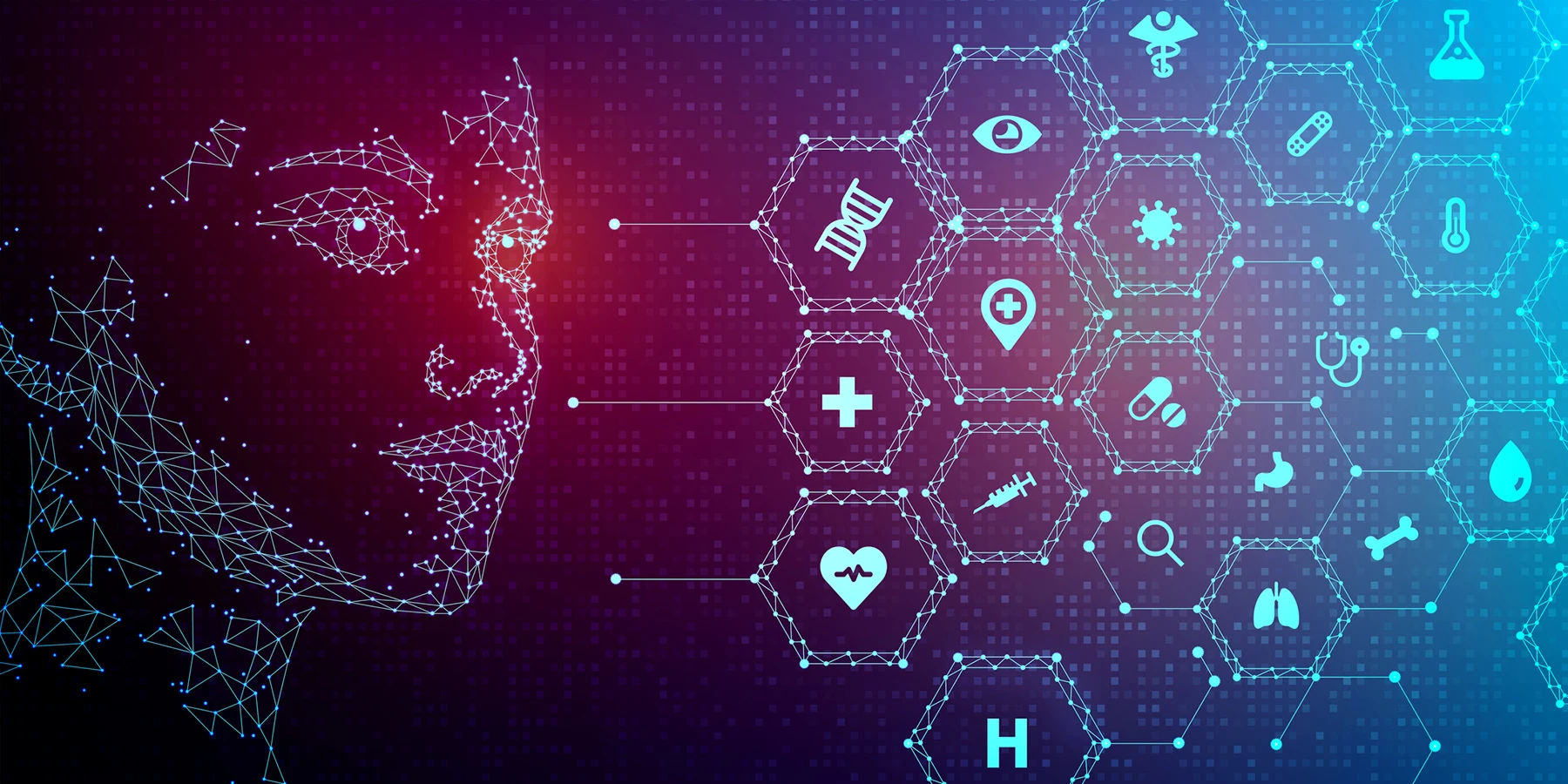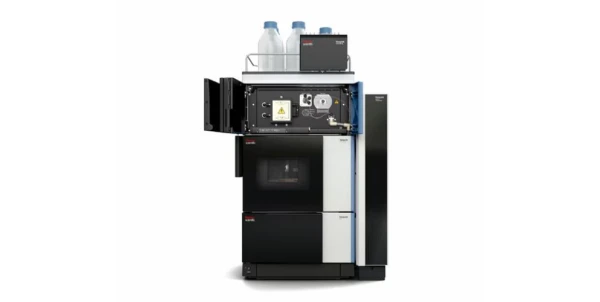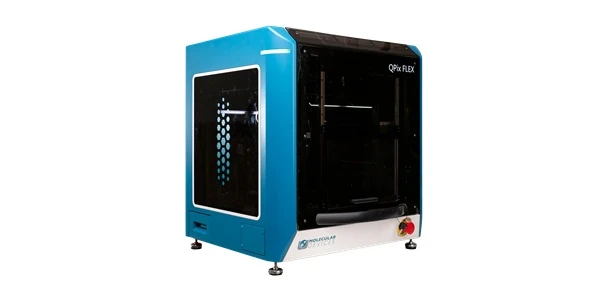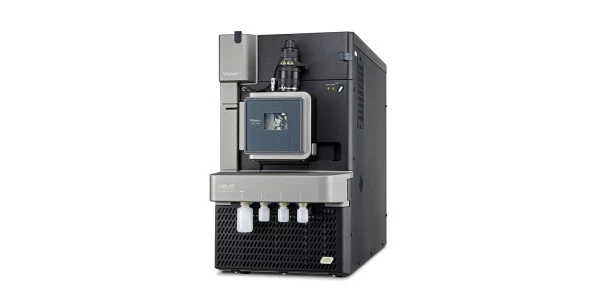Bioseparations: A Guide for Laboratory Professionals
Bioseparations play a critical role in biotechnology, pharmaceuticals, and biomedical research by enabling the isolation, purification, and characterization of biological molecules such as proteins, nucleic acids, and cells. For scientists working in bioprocessing and analytical labs, mastering bioseparation techniques is essential for achieving high-purity products. This article provides a deep dive into the bioseparation process, explores various techniques, discusses common challenges, and highlights key instruments used in this field. Bioseparation is a critical step in biotechnology and pharmaceutical production, involving the extraction and purification of target biomolecules from complex biological mixtures. This process is vital for obtaining high-purity products, which are essential for therapeutic applications, diagnostics, and research. The complexity of bioseparations stems from the diversity of biological samples, which may include proteins, nucleic acids, lipids, and other cellular components. Each step in the bioseparation process is meticulously designed to isolate and purify these molecules while preserving their biological activity, structure, and function. A well-optimized bioseparation process can lead to higher yields, reduced impurities, and more efficient downstream processing, making it a cornerstone of biomanufacturing. Key Steps in Bioseparation: Bioseparation techniques encompass a broad range of methods, each tailored to target specific biomolecules based on their unique physical and chemical properties. Given the diverse nature of biological samples, different techniques are employed to address various challenges, such as separating proteins by size, isolating nucleic acids based on charge, or purifying antibodies through specific binding interactions. These techniques form the foundation of bioseparation processes and can be categorized into chromatography-based, filtration and membrane-based, electrophoretic, and centrifugation methods. By selecting the appropriate technique or combination of techniques, researchers can efficiently isolate and purify target molecules with high specificity, ensuring that the final product meets the required quality standards for research, therapeutic, or industrial applications. Chromatography is one of the most versatile and widely used bioseparation methods. It involves the separation of molecules based on their interaction with a stationary phase while being transported by a mobile phase. Filtration techniques use porous membranes to separate biomolecules based on size or charge. Electrophoresis leverages an electric field to separate charged biomolecules based on their size and charge. Centrifugation applies centrifugal force to separate molecules based on their size, shape, and density. Bioseparations are inherently challenging due to the complex and heterogeneous nature of biological samples, which often contain a wide array of contaminants that must be separated from the target molecule. Achieving high purity and yield is a delicate balance, as many biomolecules are sensitive to environmental factors like pH, temperature, and ionic strength. These conditions can cause proteins to denature, aggregate, or lose activity, complicating the purification process. Additionally, scaling up bioseparation processes from laboratory to industrial scale presents significant challenges, such as maintaining consistency, efficiency, and cost-effectiveness. Addressing these challenges requires a deep understanding of both the biomolecule’s properties and the separation techniques, as well as the ability to adapt and optimize processes to achieve the desired outcomes. The success of bioseparations largely depends on the choice of instruments, which must be carefully selected to match the specific requirements of the target biomolecule and the separation technique. Modern bioseparation instruments are designed to handle the complexities of biological samples, offering precise control over parameters such as flow rate, pressure, temperature, and detection sensitivity. These instruments range from high-performance liquid chromatography (HPLC) systems capable of separating complex protein mixtures to centrifuges that can fractionate cell organelles with high efficiency. Advances in bioseparation instrumentation have greatly improved the speed, accuracy, and scalability of purification processes, making them indispensable tools in biopharmaceutical manufacturing, quality control, and research laboratories. HPLC is a core technique in bioseparations, providing high-resolution separation and analysis of biomolecules. Centrifuges separate biological samples based on density, with a range of rotor types for different applications. Filtration systems allow for the concentration, purification, and sterilization of biological samples. Electrophoresis is essential for separating nucleic acids and proteins in analytical laboratories. Bioseparations are fundamental to producing high-quality biomolecules for pharmaceuticals, diagnostics, and research. Understanding the processes, techniques, challenges, and instrumentation involved is essential for laboratory professionals aiming to optimize bioseparation workflows. With ongoing advancements in technology, the field of bioseparations continues to evolve, offering improved efficiency, resolution, and scalability for researchers and industry experts. For more insights into bioseparation techniques and instruments, visit LabX.com to explore the latest equipment and solutions tailored to your laboratory needs.What are Bioseparations?
The Bioseparation Process
Bioseparation Techniques
1. Chromatography-Based Techniques
2. Filtration and Membrane-Based Techniques
3. Electrophoretic Techniques
4. Centrifugation-Based Techniques
Challenges in Bioseparations
Strategies to Overcome Challenges:
Instruments Used in Bioseparations
1. HPLC Systems (High-Performance Liquid Chromatography)
2. Centrifuges
3. Filtration Systems
4. Electrophoresis Systems
Summary



